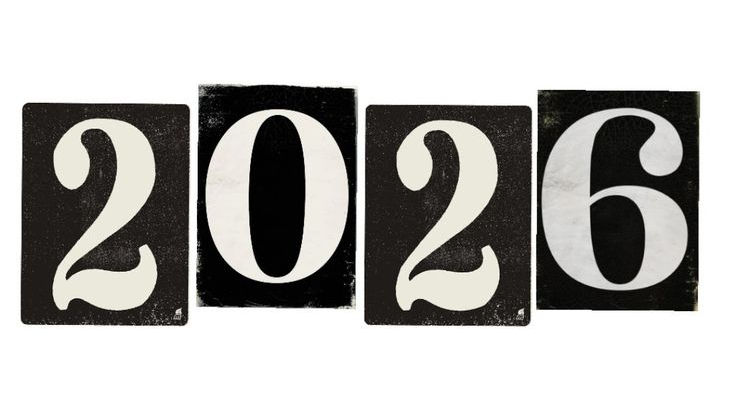RIOT GRRRL REVOLUTION: WHO ARE THE RIOT GRRRLS? (part two)
- studentinvolvement1
- Sep 16, 2022
- 2 min read
Good morning Riot GRRRLS! Welcome back to the Riot GRRRL Revolution! If you need to catch up, check out the intro and Part One to the series, and make sure to check back weekly for more installations!
Riot GRRRL is the response to the cultural and political marginalization of young women. The aim of Riot GRRRL was to open a sub-cultural space for the transgression of gender and sexual hegemony. Riot GRRRLs used traditional punk sights, sounds, and music to explore political messages surrounding the well-being of the female population and resist oppression.
In the beginning, Riot GRRRLs were punk feminists in Seattle, Washington. Riot GRRRL first emerged through young women challenging the norms around them in both the punk music scene and society as a whole. The first credited Riot GRRRLs are Allison Wolfe and Molly Neuman, who are the faces of the first Riot GRRRL band, Bratmobile. The group first coined the term ‘grrrl’ and later added the ‘riot’ through their zines which were known as “angry girl zines” (see more in DIY Revolution in part 3).
The term ‘grrrl’ was created to avoid the negative connotations that came along with the term girl in society and especially in the punk scene— almost to avoid passive association. Additionally, the word is meant to be an onomatopoeia and resembles growling, further expressing the anger that ignited this revolution.
The Riot GRRRLs’ involvement in punk was radical not only because of their political aspect but because they were calling themselves punk or punk adjacent. Previously, women who were obviously punk like Blondie and Patti Smith (see their involvement in the punk movement in History of Women in Punk) were considered pop singers and not given proper exposure through genre labeling. Women during this time were only labeled Punk through their association with punk men— through dating or association with the bands like Nico and The Velvet Underground. Because of the hardcore nature of punk, the hypermasculinization of its participants was apparent and thus perpetuated the notion that women couldn’t participate.
The Riot GRRRLs message began to spread like wildfire— through the means of zines, women of like minds and power were able to reach each other and come together. Soon more and more bands began popping up and labeling themselves as Riot GRRRLs thus furthering themselves from the uninclusive nature of Punk and creating their own female punk genre of Riot GRRRL. In Washington D.C., the other Riot GRRRL hotspot along with Seattle, members from Riot GRRRL bands Bikini Kill and Bratmobile held meetings. The awareness meetings were spread by the means of Zines and were held weekly. They acted as a forum to air grievances, express frustrations, share support and organize further meetings and musical events. The entire Riot GRRRL process was underground, yet made accessible by those who needed it.
The first large-scale Riot GRRRL event was in Washington DC in August of 1991 at the International Pop Underground Convention. This convention was compromised of all-women artists: Bikini Kill, L7, Heavens to Betsy, and Bratmobile were all in attendance.
Riot GRRRL, not even two years after this event spread to all major cities. From New York to Chicago to Philadelphia— groups of young women created vast Riot GRRRL networks. They made these to emulate and evolve meetings of the original Riot GRRRLs. They followed the same methods of creating space for frustration, support, growth, and involving music every step of the way.
Make sure to check out next week’s installation of RIOT GRRRL REVOLUTION which will delve into the DIY Revolution!
_edited.png)



Comments